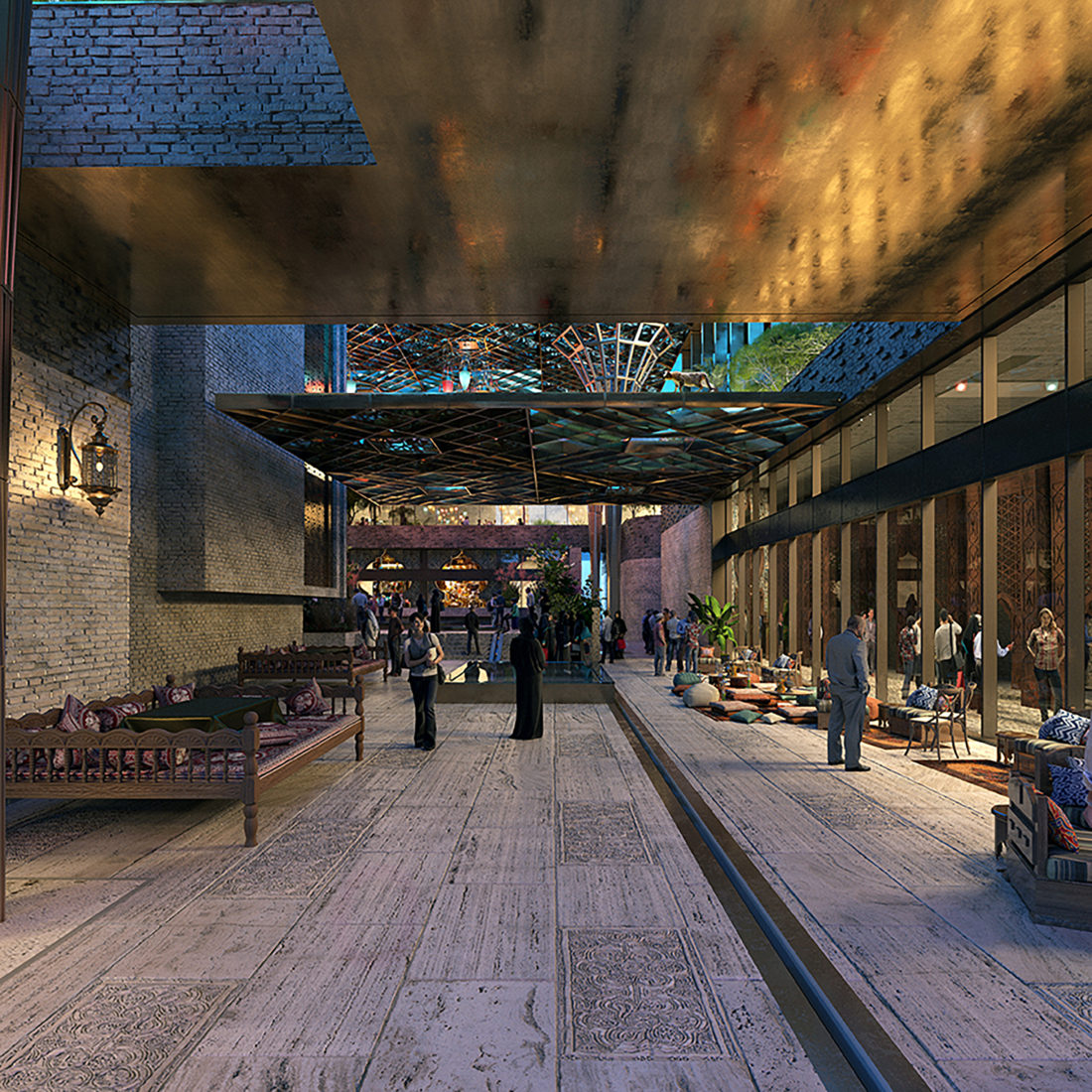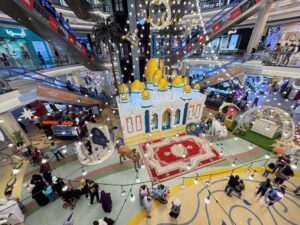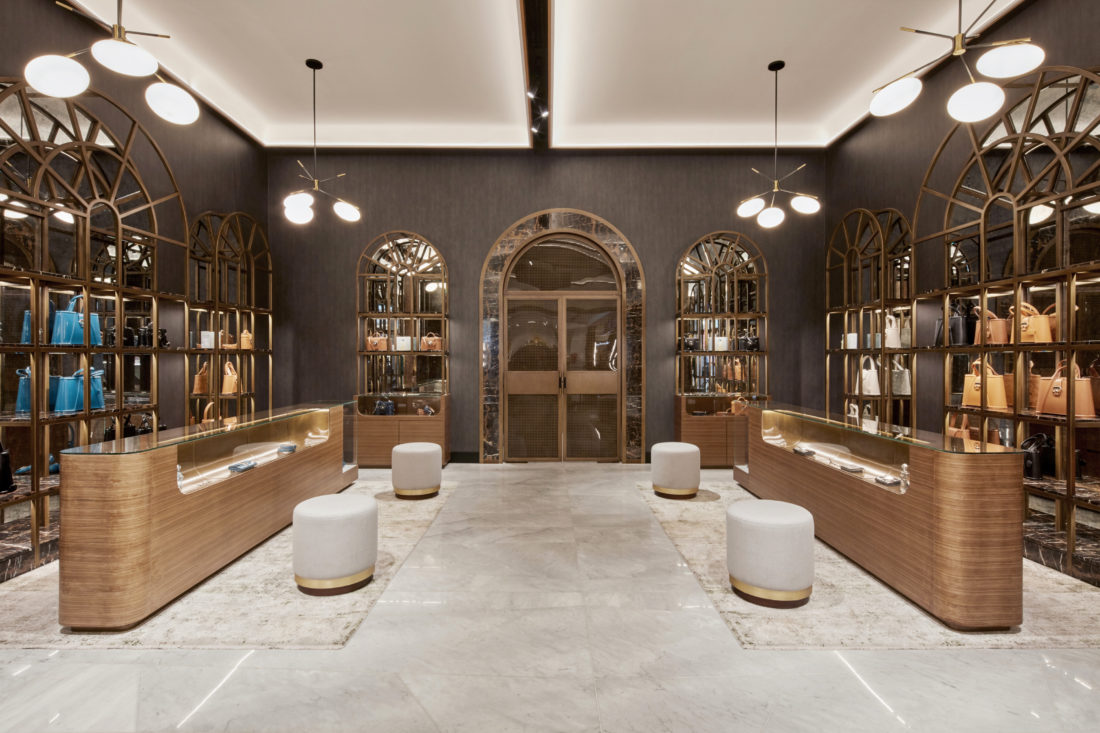 How the challenging and demanding customers and clients are pushing the boundaries of retail design. Here’s what experts have to say…
How the challenging and demanding customers and clients are pushing the boundaries of retail design. Here’s what experts have to say…
The retail landscape is drastically changing not just in terms of brands but the way a place looks and feels. This segment is currently undergoing a major transformation to keep up with the changes and influences that have swept our daily life in a storm. Instagram, medium, and influencers to name a few, have now replaced the role of newspapers, media, and radio. Earlier customers used to wait for the summer, spring, fall and winter collection launches to understand what the next trend is, to adapt and stay ahead of the game. Now, with a press of a button, we have access to everything at the tip of our fingertips. From a boutique perspective, online shopping craze is gaining popularity. More and more people are just entering stores to feel the fabric, try the item and purchasing them online. Online prices are harder to compete with. So, how can a retail space be called successful in given so many factors?
Highlight the focal point
Hasan and Husain Roomi, founders of H2R Design, have a vast experience of delivering retail projects. Roomi brothers explain: “While we look at global trends and innovation, we also set our design movements that have set trends across the region. Although we add curious elements throughout our designed spaces, functionality, and aesthetic purpose are at the core of our designs.” Every place, every space has a heart that needs to be highlighted.
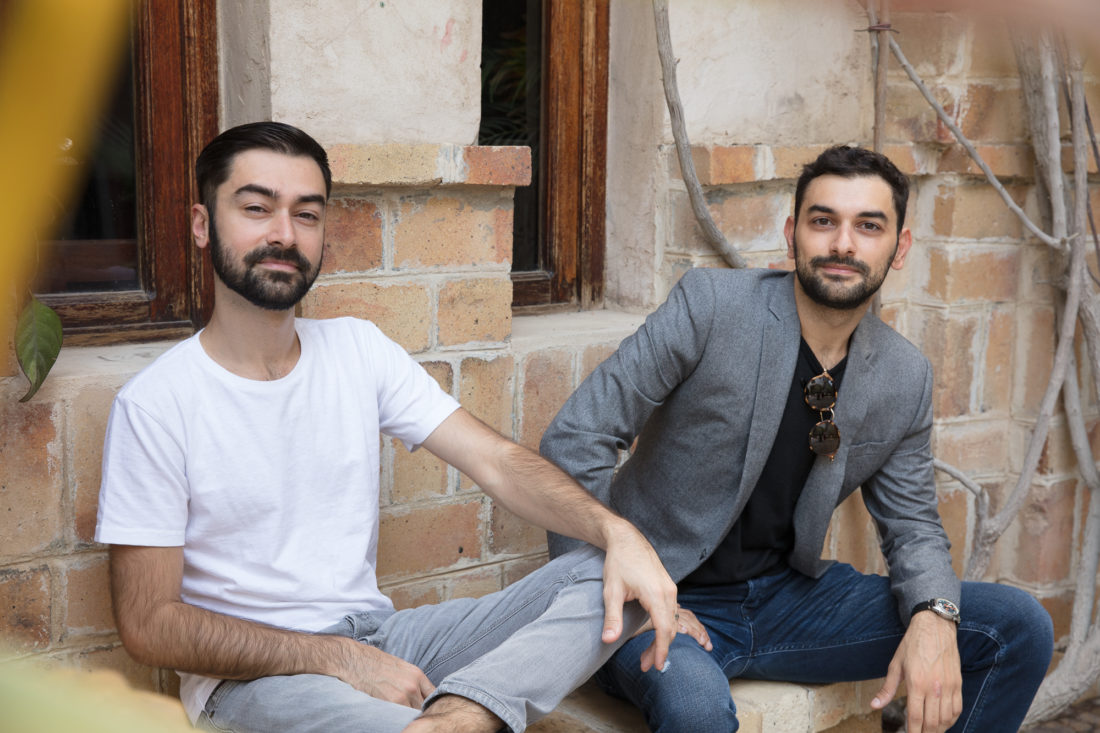
The duo further adds: “Like for retail boutique Symphony has Instagram-able elements and placed them at the shop front to targeting social media enthusiasts and customer curiosity. The dynamic architecture we created dictates the flow and functionality of the spaces that are adorned with artistic and organic objects like the celestial staircase that inspires social media photography and adds to enhanced customer experience. HOB is a great example in the evolution of retail, which has progressed into providing an experience rather than just a display of products. It demonstrates the storytelling style, which is an emerging trend in retail design, that takes the clients vision and harmoniously blends it within the interior language and aesthetics along with the brand and products. There are Instagram-able pops that encourage and result in the space being advertised independently through social media.”
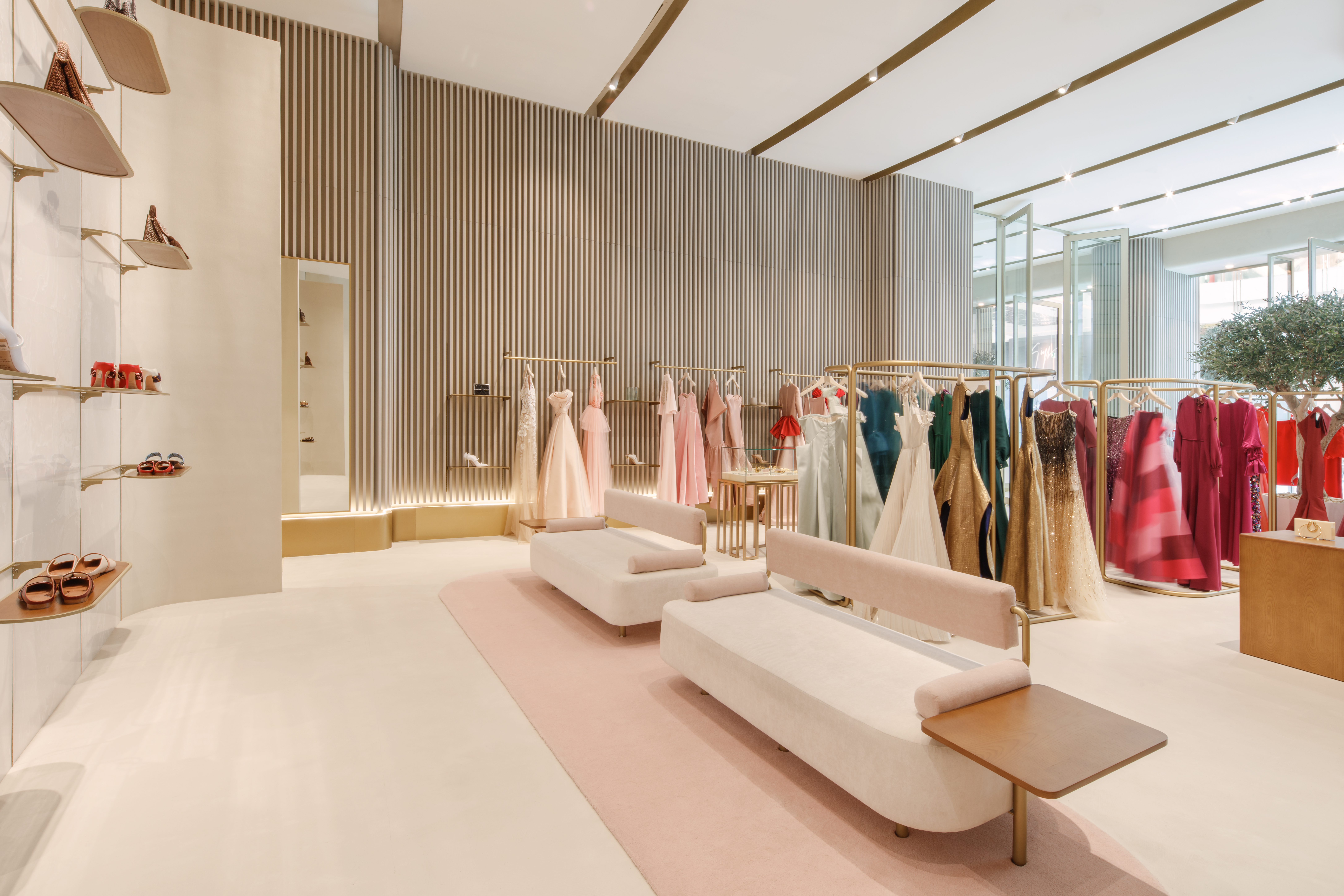
The emergence of new luxury in retail
The year 2020, could be the year that luxury powerhouses combine to conquer certain sections of the market. LVMH’s $16.2bn deal for Tiffany & Co and their move into the hospitality sector with their acquisition of the Belmond luxury hotel group and the Orient Express, as well as current talks between Kering and Moncler, more mergers and acquisitions could follow – as recently reported by Bloomberg – showing a very vigorous luxury sector, ready to change and cleverly mutating shape when identifying new opportunities.

Carlos Virgile, director/global head – Retail and Hotel at Virgile + Partners says: “We have seen a strong, sustained affinity with global luxury brands that would make such mergers worthwhile, particularly in the Middle East, during our recent collaboration in two exciting retail design projects for two different luxury department stores brands: Harvey Nichols in Dubai, run by the Al Tayer Group in the UAE, and Rubaiyat in Riyadh, Saudi Arabia. Both homes of top luxury brands are not only developing new ideas but transforming their identity and character through creativity and strong design formulas, becoming closer to an exclusive fashion boutique model and moving away from a conventional blueprint.”
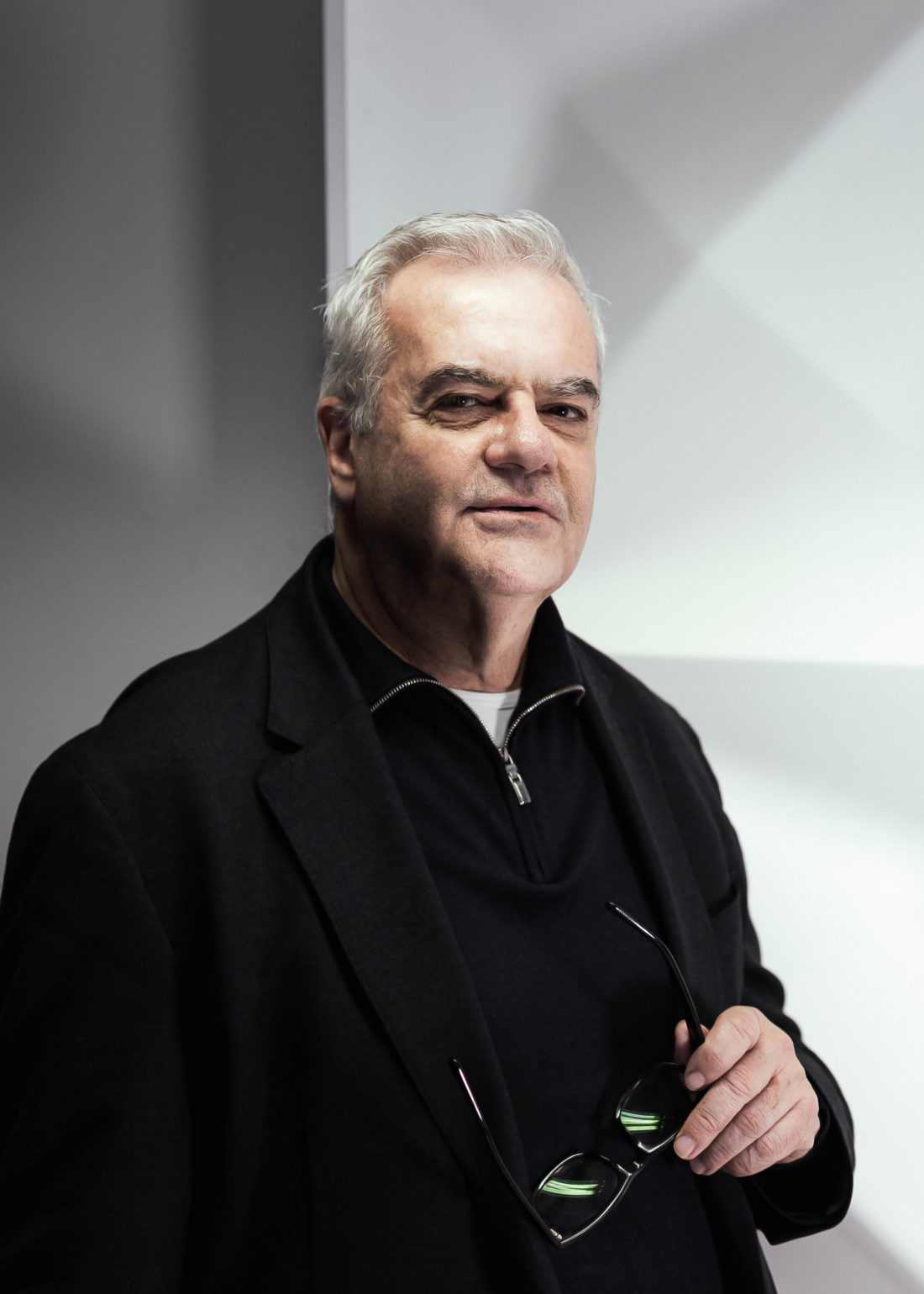
Virgile further goes on: “Not just in the Middle East but at global level, changes are responding to the emergence of a new type of luxury consumer, expecting environments to be more characterful and engaging, embracing the exciting contradictions presented in the concept of ‘accessible’ luxury. As we enter a new decade, we will see the quality of store experiences and their designed environments rise to even higher extremes within the luxury market, in order to remain exclusive and impress their target audiences. The new type of shoppers, with a relaxed attitude to technology, more in-depth knowledge of brands and a new aesthetic understanding will expect to interact with their environments in different ways – playing, participating, clicking, filtering, and touching.” When forecasting the future of retail, it is a given fact that digital technology will develop ingenious forms to cater to a new generation of luxury consumers and will validate the exploration of new territories in the luxury experience. Subtle, non-intrusive and seamless technology should play a strong supporting role in a world where the driving force of personal and human relationships will always continue to be behind luxury’s core values of exclusivity and craftsmanship.
Establishing people’s connection with the place In a world where more and more tasks are becoming automated, the world of design remains connected to the experiences of the designer. Whenever designers are tasked with the job to create interior and spatial designs for a client’s various uses and experiences, they have to consider factors such as aesthetic capability and how people would interact and connect with space.
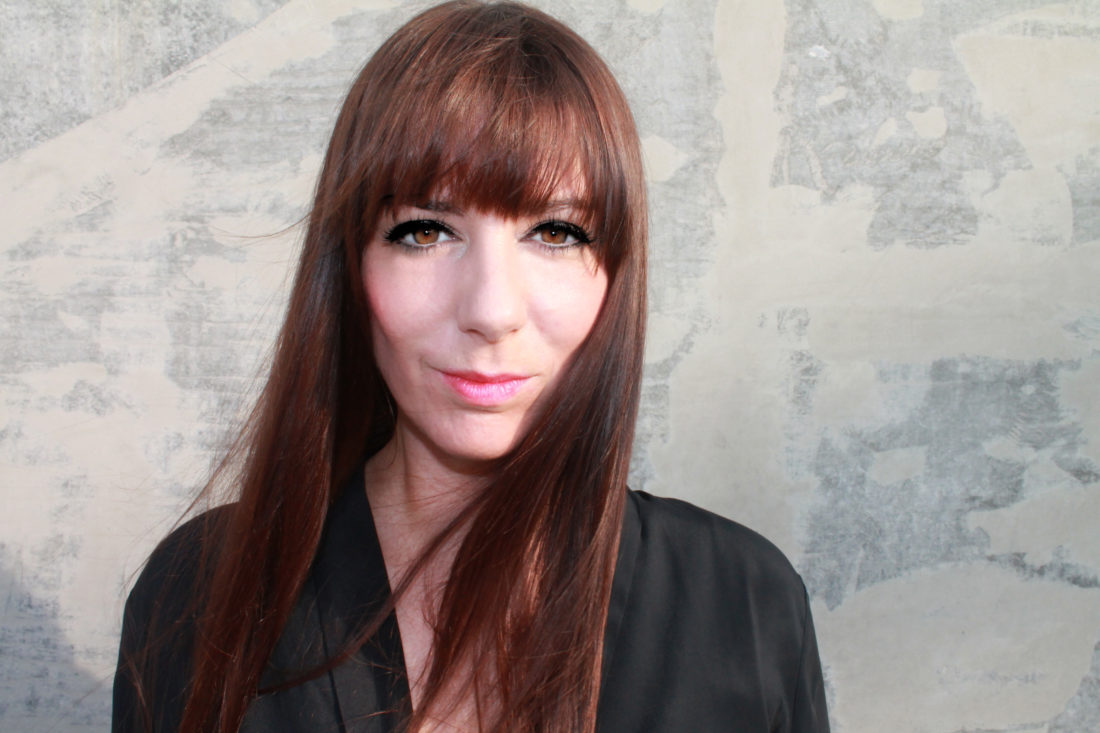
For Maja Kozel, interior architect at Maja Kozel Design, there are two stages to access the “form of knowing” that are crucial in creating a design, and one must be achieved before the other. Kozel elaborates that she must display an understanding of how designs can fulfil a functional role while taking into consideration the main experiences they have. For this, the designer must first know how the daily experiences of users influence the subjective process of creating meaning in their life. She describes: “In one of my latest projects, Altitude The Gym located in the lush greenscape of the Sharjah Golf and Shooting Club, I collaborated with the branding Agency EMB Creative. The gym includes a wellness café, three separate enclosed classrooms a large gym area, changing rooms with showers and a small shop area. Altitude meaning “the heights of an object or point in relation to sea level or ground level”, has the underlying theme of reaching great heights, with endurance and perseverance. With this design directive, the team has created an indoor biophilic landscape, where the acoustic layers and floor gradient are the subtle basis of the variety of exercise areas. Subtle sustainable materials were used such as cork, timber and locally sourced tiles and steel with a touch of greenery, local artists were invited by the client to add their touch of magic to the interior design.” Everything is in sync and establishes a relationship of place, people, and materials used, all in one harmony.
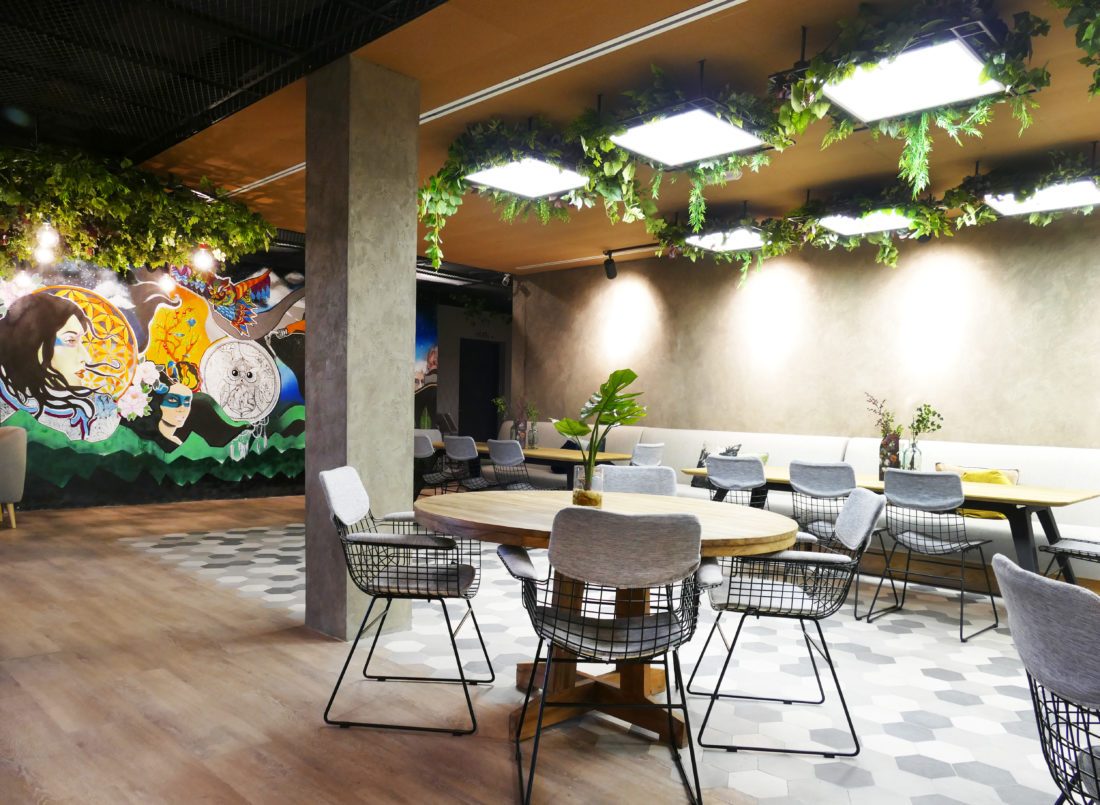
The importance of nature and hence biophilia
Nature and the built environment when integrated create a synergy that prompts places where people want to be. Biophilia is influencing retail design by embracing and implementing biophilic elements. Shopping is an emotional experience, and the impact of the interior and exterior design influences that experience.
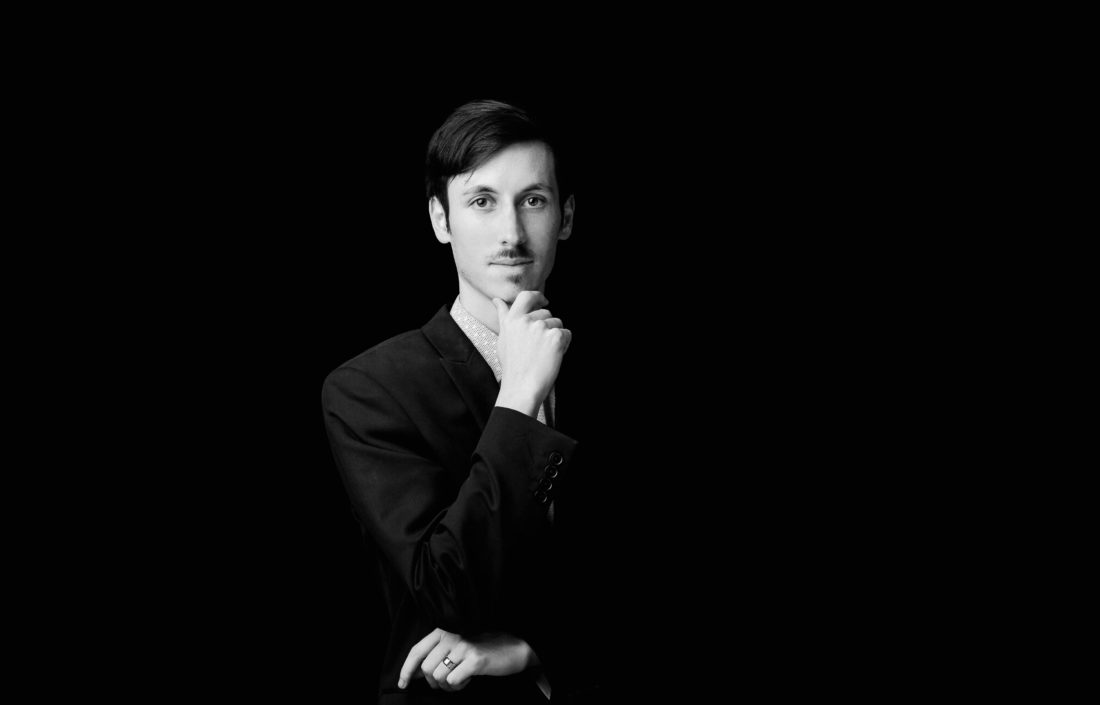
Drew Gilbert, Senior Architect, Croquis supports biophilic elements in the design. He says: “We are showcasing biophilic application in the retail space through our project Samarra Gardens: a new landmark marketplace in Samarra, Iraq that features two plazas with a typology that takes a contemporary interpretation of the vernacular bazaar. An exterior shopping experience that goes beyond materialism, but rather a place of gathering, socialising, and celebrating culture. Visitors will enjoy a sense of comfort in tight alleyways and within the embrace of greenery. The marketplace allows smooth vehicular access and visibility. The design implements water features that are used for natural cooling in the courtyard spaces. Water feature acts as a catalyst to bring people together to linger and provide a comfortable experience for the visitors. Through the use of greenery in the site, the sense of exploration is boosted, therefore, the lingering enhance the time spent in the retail space, and encourages sales.”
